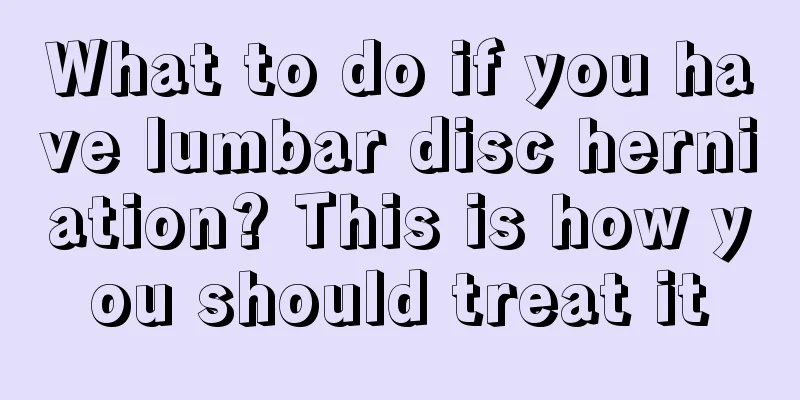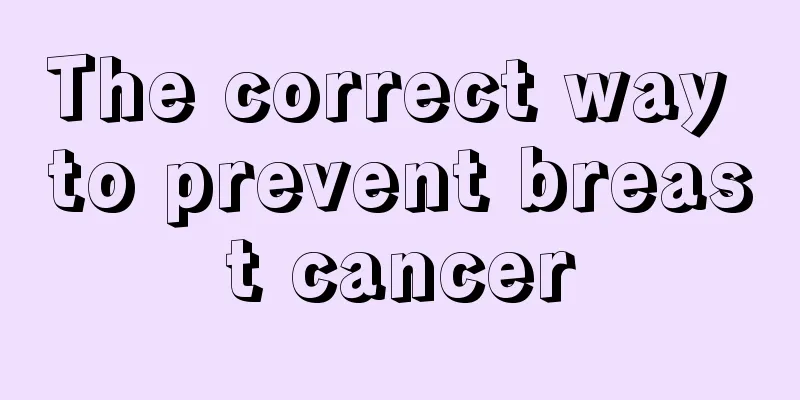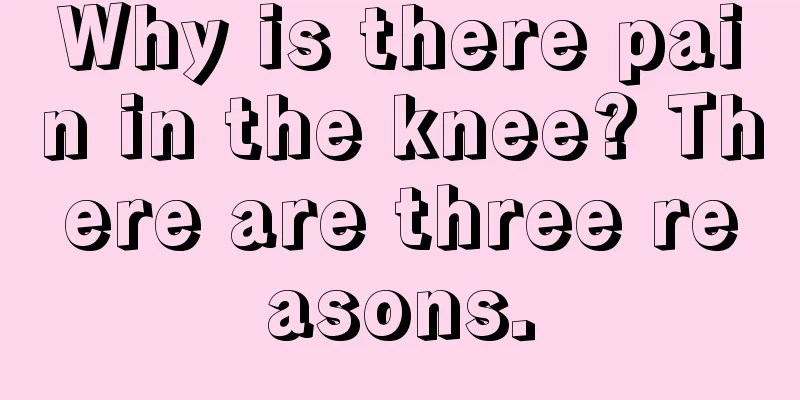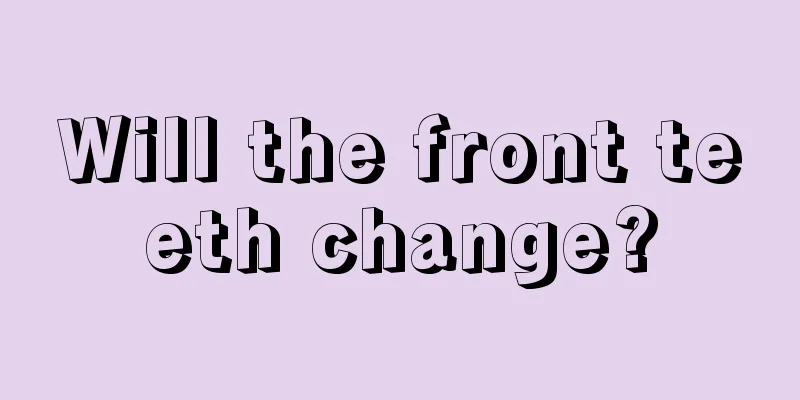What to do if you have lumbar disc herniation? This is how you should treat it

|
With the increase of social, work and life pressure, people's lumbar problems are becoming more and more prominent and will manifest in different forms. Lumbar protrusion is a very common one, so people are eager to find scientific and effective treatment methods. The treatment of lumbar herniation first requires understanding its cause, which is usually manifested as low back pain, radiating pain in the lower limbs and sciatica. Different symptoms also indicate different degrees of severity. Patients choose appropriate treatment methods based on their own symptoms, and after recovery, they need to do preventive work in time to avoid recurrence in order to better ensure their health. 1. Lumbar vertebrae prolapse After the various parts of the lumbar intervertebral disc (nucleus pulposus, annulus fibrosus and cartilage plate), especially the nucleus pulposus, have different degrees of degenerative changes, under the influence of external factors, the annulus fibrosus of the intervertebral disc ruptures, and the nucleus pulposus tissue protrudes (or falls out) from the ruptured part to the back or inside the spinal canal, causing the adjacent spinal nerve roots to be stimulated or compressed, resulting in a series of clinical symptoms such as low back pain, numbness and pain in one or both lower limbs. The highest incidence of lumbar disc herniation is at L4-5 and L5-S1, accounting for about 95%. 2. Clinical symptoms 1. Low back pain is the first symptom that occurs in most patients, with an incidence rate of about 91%. Because the outer layer of the annulus fibrosus and the posterior longitudinal ligament are stimulated by the nucleus pulposus, induced pain in the lower back is produced through the vertebral nerve, sometimes accompanied by buttocks pain. 2. Radiating pain in the lower limbs Although high-level lumbar disc herniation (L2-3, L3-4) can cause femoral neuralgia, it is rare in clinical practice, less than 5%. The vast majority of patients have herniation between L4 and 5, or L5 and S1, and present with sciatica. Typical sciatica is pain that radiates from the lower back to the buttocks, back of the thigh, outer side of the calf to the foot. The pain is aggravated by increased abdominal pressure due to sneezing and coughing. The radiating pain is mostly on one side of the limbs, and only a very small number of patients with central or paracentral nucleus pulposus herniation show symptoms in both lower limbs. There are three causes of sciatica: ① The ruptured intervertebral disc produces chemical stimulation and autoimmune reactions, which cause chemical inflammation of the nerve roots; ② The protruding nucleus pulposus compresses or stretches the inflamed nerve roots, blocking their venous return, further aggravating edema and increasing sensitivity to pain; ③ The compressed nerve roots are ischemic. The above three factors are interrelated and aggravate each other. IV. Prevention Lumbar disc herniation is caused by accumulated injuries based on degenerative changes, and the accumulated injuries will aggravate the degeneration of the intervertebral disc. Therefore, the focus of prevention is to reduce accumulated injuries. You should maintain a good sitting posture at ordinary times, and the bed should not be too soft when sleeping. People who work at a desk for a long time need to pay attention to the height of the table and chair and change their posture regularly. People who need to bend over frequently in their jobs should stretch their waists and chests regularly, and use a wide belt. The training of the waist and back muscles should be strengthened to increase the intrinsic stability of the spine. Those who use waist belts for a long time should pay special attention to the training of the waist and back muscles to prevent the adverse consequences of disuse muscle atrophy. If you need to bend over to pick up something, it is best to flex your hips and knees and squat to reduce pressure on the back of the lumbar disc. |
<<: What is the effect of applying vitamin E on the face
>>: Lumbar correction needs to achieve these five points
Recommend
How long can you live if your heart becomes bigger
An enlarged heart is quite harmful to health. Whe...
Is colon cancer inherited by males or females?
With the development of society, the improvement ...
What are the effects and functions of black crystal?
In daily life, crystal is a popular accessory. Cr...
What to eat to get the best breast enhancement effect
As girls, do you usually feel troubled because yo...
Can silk quilts be dried in the sun? Have you paid attention to these matters?
Silk quilts cannot be washed frequently, but they...
Is pneumonia with fever serious?
Generally, fever often causes many complications,...
Is moxibustion useful for urethritis
The urethra is a very critical tissue in the urin...
How long can you live with peritoneal metastasis of colon cancer
Colon cancer also has the characteristic of metas...
How to prevent glioma
Glioma is a common tumor disease. Although there ...
What foods can and cannot be eaten in the early stage of gastric cancer
In the early stages of gastric cancer, people can...
What to do if you have forehead wrinkles?
As we age, wrinkles will slowly appear on our fac...
Are pancreatic neck tumors mostly benign? Related to lifestyle habits
Are pancreatic neck tumors mostly benign? We all ...
The difference between an oval face and a melon-seed face
There are certain differences between an oval fac...
How to clean shrimp tails
With the development of society, people's dem...
Is the cure rate of osteosarcoma high?
For teenagers, one of the biggest characteristics...









